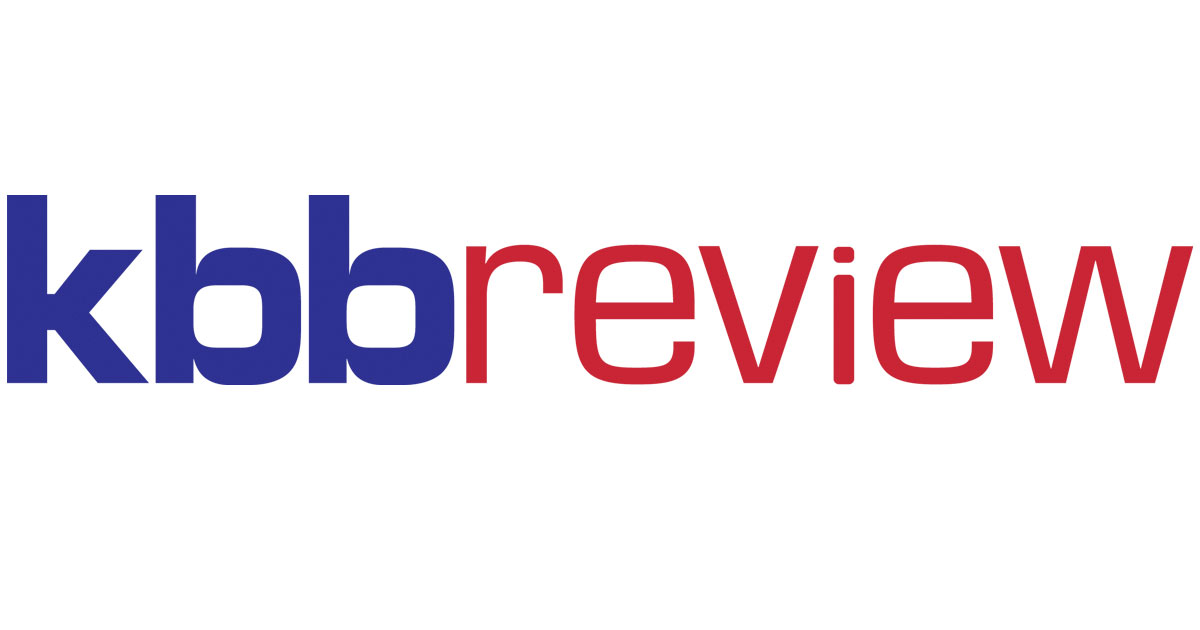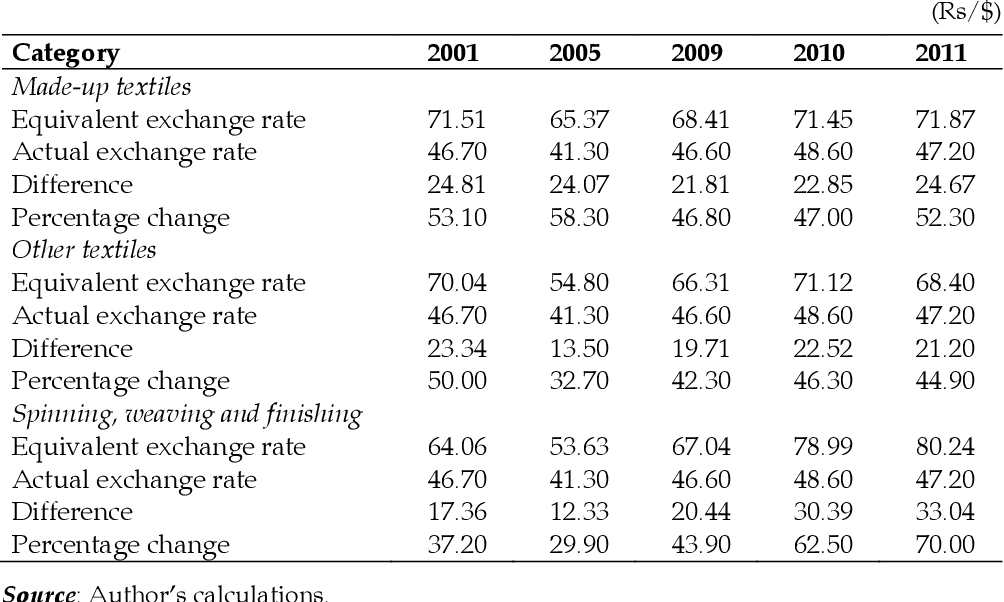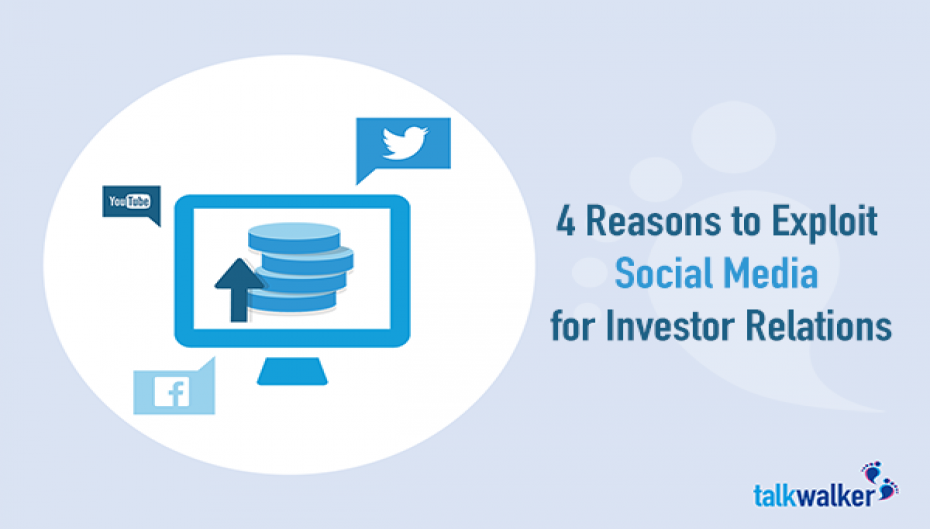Contents
DeFi staking is a way of making money from your crypto holdings by validating transactions or temporarily committing your assets through a DeFi staking platform. MakerDAO. MakerDAO is a decentralized autonomous organization for governing cryptocurrency operations and created the Dai stablecoin, which is linked to the U.S. dollar. DeFi supports dApps, in which users can benefit from financial services applications and other use cases, such as gaming and social media.
So, whether you’re reading an article or a review, you can trust that you’re getting credible and dependable information. Founded in 1976, Bankrate has a long track record of helping people make smart financial choices. We’ve maintained this reputation for over four decades by demystifying the financial decision-making process and giving people confidence in which actions to take next.

All around the world, inventive entrepreneurs are creating new applications for decentralized finance technology. That’s one reason the total value locked in DeFi contracts exploded from about $1 billion in May 2020 to more than $88 billion in May 2021. The market capitalization of DeFi coins topped $140 billion the same month, and the total value of outstanding DeFi loans was almost $10 billion.
The technology that powers DeFi
Bankrate follows a strict editorial policy, so you can trust that our content is honest and accurate. Our award-winning editors and reporters create honest and accurate content to help you make the right financial decisions. The content created by our editorial staff is objective, factual, and not influenced by our advertisers. Bankrate follows a strict editorial policy, so you can trust that we’re putting your interests first. A contract that’s designed to hand out an allowance or pocket money could be programmed to send money from Account A to Account B every Friday.
Many people in advanced economies, such as those of North America, Western Europe, and East Asia would also benefit by earning higher interest rates on their holdings. Fractional reserve is when the outdated system of banks loan out more money than they actually have in deposits, essentially creating money out of thin air. This can lead to the banks failing in the case of a “bank run”, when a lot of the bank’s customers try to withdraw their deposits all at once. All you have to do is deposit ETH to Maker’s smart contract, which opens a Collateralized Debt Position , and you’ll be given some DAI. Just make sure that your collateralization ratio, which you can check on the Maker CDP portal, stays above 150% by depositing more ETH or returning some DAI.
- Each party to a contract inputs conditions that allow the smart contract to be fulfilled without the need for a central authority or middleman.
- There are fund management products on Ethereum that will try to grow your portfolio based on a strategy of your choice.
- Information provided on Forbes Advisor is for educational purposes only.
- Amilcar Chavarria is a FinTech and Blockchain entrepreneur with over a decade of experience launching companies.
- And once you’re done, pay back the DAI you took out plus a small amount of interest and you’ll get your ETH back.
Instead, the smart contracts enforce the rules, execute trades, and securely handle funds when necessary. Also, unlike a centralized exchange, there’s often no need to deposit funds into an exchange account before conducting a trade. This eliminates the major risk of exchange hacking which exists for all centralized exchanges. DEXes operate according to a set of rules, or smart contracts, that allow users to buy, sell, or trade cryptocurrencies.
Prediction markets
In today’s financial world, financial institutions act as guarantors of transactions. This gives these institutions immense power because your money flows through them. Plus billions of people around the world can’t even access a bank account. Trading in the DeFi space encompasses a range of activities, from derivatives trading to margin trading to token swaps, and happens across an ever-growing and integrated network of exchanges, liquidity pools, and marketplaces. Crypto traders on decentralized exchanges benefit from lower exchange fees, faster transaction settlement, and full custody of their assets.

Smart contracts are often what govern decentralized apps, or „dapps,“ which are not owned or managed by any one company or person. While Ethereum was the first platform to develop smart contracts, other blockchain platforms use them as well. Custody of assets is a fundamental component of any financial model. In the DeFi approach, individual traders have control over the private cryptographic encryption keys, which enable custody of cryptocurrency assets. Financial transactions within the DeFi model are enabled with smart contracts that are often supported on Ethereum-based blockchains.
What is DeFi? A beginner’s guide to decentralized finance
You can’t call up JPMorgan Chase or Goldman Sachs and ask them to give you a quote for Smooth Love Potion, priced in Dogecoin. (Well, you could, but they might have you committed.) But with DeFi platforms, you can find people who are willing to trade almost any crypto asset for almost any other crypto asset, with no central entity’s approval needed. Decentralized finance eliminates intermediaries by allowing people, merchants, and businesses to conduct financial transactions through emerging technology. Through peer-to-peer financial networks, DeFi uses security protocols, connectivity, software, and hardware advancements. Today, our financial system and all its services are completely centralized.
DeFi prediction markets can provide value beyond increased access to gambling. Stock market predictions weighted by the size of the bets behind them are often fairly accurate. One of the earliest applications of DeFi was the creation of cryptocurrencies with stable values, also known as stablecoins. Stablecoins, by being much less volatile than other cryptocurrencies, are considered suitable for making ordinary purchases. Founded in 1993 by brothers Tom and David Gardner, The Motley Fool helps millions of people attain financial freedom through our website, podcasts, books, newspaper column, radio show, and premium investing services. DeFi also has the advantage of providing more flexibility, for instance with trading hours not being limited the way they are with centralized finance.
Though DeFi is usually a main player in the cryptocurrency conversation, it goes beyond creating an alternative digital currency or value. DeFi works to replace the role of traditional financial systems through its smart contracts. Decentralized finance or DeFi is a financial system that reimagines financial transactions by removing intermediaries and is based on blockchain technology, typically Ethereum. These are just a few examples of how people can participate in DeFi not only by using financial services, but also by owning and providing them—something typically reserved for banks and financial institutions. When you make a transaction in your conventional checking account, it’s recorded in a private ledger—your banking transaction history—which is owned and managed by a large financial institution. Blockchain is a decentralized, distributed public ledger where financial transactions are recorded in computer code.
Liquidity mining, like yield farming, is a trading technique that is possible thanks to DeFi technology. When lending assets to a DEX, traders gain rewards thanks to trading fees which average at 0.3% per swap, and the reward depends on how much the trader has invested in a particular liquidity pool. For example, think of companies like Chase or PayPal that can help you trade currencies, take out a loan, or send payments anywhere in the world. In each case, you’re relying on a bank or broker—some centralized authority—to offer these services. DeFi is all about coordinating the same financial services with publicly verifiable transparency, through automated smart contracts…but between peers. DeFi enables any two parties to securely and directly transact without involving an intermediary or central authority.
Bitcoin is open to anyone and no one has the authority to change its rules. Bitcoin’s rules, like its scarcity and its openness, are written into the technology. It’s not like traditional finance where governments can print money which devalues your savings and companies can shut down markets. DeFi currency exchanges, or DEXs, are peer-to-peer platforms enabling traders to exchange cryptocurrency with one another. Not only do DEXs facilitate direct trading between participants, without a middleman, but users can maintain total anonymity. Traders typically have control over their wallets, and can access thousands of tokens via their private key.

The smart contract model can enable users to understand the terms and logic of a transaction in a transparent model without hidden code. Many believe DeFi is the future of finance and that investing in the disruptive technology early could lead to massive gains. The Ethereum blockchain popularized smart contracts, which https://cryptolisting.org/ are the basis of DeFi, in 2017. Right now, it’s unlikely that DeFi could produce any disasters on the scale of the 2008 financial crisis. It’s still a relatively small piece of the crypto world , and many of the people pouring money into DeFi are the kind of deep-pocketed investors who could absorb even big losses.
DeFi applications on Ethereum
Crypto staking, for example, allows owners of a coin to help support that coin’s ecosystem and earn income by helping to validate transactions. That’s proved attractive when interest rates at banks have been sitting at rock bottom for years. Ethereum products, like any software, can suffer from bugs and exploits. So right now a lot of insurance products in the space focus on protecting their users against loss of funds. However there are projects starting to build out coverage for everything life can throw at us.
Bankrate is compensated in exchange for featured placement of sponsored products and services, or your clicking on links posted on this website. This what is 0.exchange compensation may impact how, where and in what order products appear. Bankrate.com does not include all companies or all available products.
This is automatic, open to everyone, and doesn’t need a human manager taking a cut of your profits. No-loss lotteries like PoolTogether are a fun and innovative new way to save money. You receive 100 Aave Dai which is a token that represents your loaned Dai. They’re not widely accessible to non-technical folks right now but they hint at what might be possible to everyone in the future. Peer-to-peer, meaning a borrower will borrow directly from a specific lender.
Tokenization of Assets
The game changes for organizations that have heightened institutional-grade requirements for allocation capital into DeFi. For these organizations, wallets like MetaMask Institutional facilitate cryptoeconomic research, pre- and post-trade compliance, best trade execution, reporting, and of course, crypto custody. Securities and Exchange Commission chairman Gary Gensler called for tougher regulation of DeFi, and suggested that some DeFi platforms could fall foul of securities laws. Most DeFi dapps do not require users to give up any personal information or register. The idea is to allow anyone with internet access to lend, borrow and bank without going through middlemen. The company ended up paying the bot owner a “bug bounty” for alerting the company of this bug, and the bot owner returned his fraudulently earned synthetic assets.
For example, if you want to use the no-loss lottery PoolTogether , you’ll need a token like Dai or USDC. These DEXs allow you to swap your ETH for those tokens and back again when you’re finished. If exchange B’s supply dropped suddenly and the user wasn’t able to buy enough to cover the original loan, the transaction would simply fail. This allows you to borrow money without credit checks or handing over private information. This lets you pay someone their salary by the second, giving them access to their money whenever they need it. Or rent something by the second like a storage locker or electric scooter.
